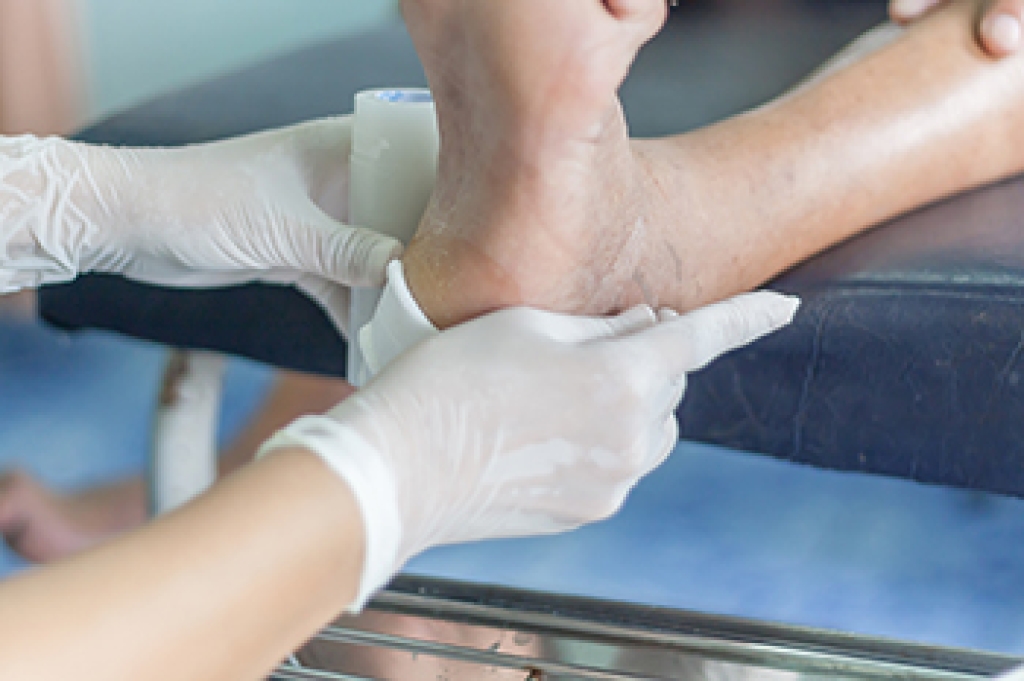
Sever’s disease is a common cause of heel pain in active children and adolescents during growth spurts. It occurs when the growth plate in the heel becomes irritated from repeated stress. The heel may look slightly swollen or red, and it is often tender to touch. It commonly feels sore, aching, or sharp, especially during or after sports, running, or jumping. Pain may improve with rest but returns with activity. A podiatrist can help from the start by reviewing activity levels, examining foot structure and gait, and confirming the diagnosis while ruling out other heel conditions. Treatment focuses on reducing strain on the heel and may include activity modification, heel cushions, supportive footwear, and guidance on proper warm-up and recovery. In some cases, short-term rest or immobilization may be needed to allow healing. Early care helps relieve pain, support healthy growth, and prevent ongoing discomfort. If your child is having heel pain, it is suggested that you make an appointment with a podiatrist.
Sever's disease often occurs in children and teens. If your child is experiencing foot or ankle pain, see Leonard Talarico, DPM from Georgia. Our doctor can treat your child’s foot and ankle needs.
Sever’s Disease
Sever’s disease is also known as calcaneal apophysitis, which is a medical condition that causes heel pain I none or both feet. The disease is known to affect children between the ages of 8 and 14.
Sever’s disease occurs when part of the child’s heel known as the growth plate (calcaneal epiphysis) is attached to the Achilles tendon. This area can suffer injury when the muscles and tendons of the growing foot do not keep pace with bone growth. Therefore, the constant pain which one experiences at the back of the heel will make the child unable to put any weight on the heel. The child is then forced to walk on their toes.
Symptoms
Acute pain – Pain associated with Sever’s disease is usually felt in the heel when the child engages in physical activity such as walking, jumping and or running.
Highly active – Children who are very active are among the most susceptible in experiencing Sever’s disease, because of the stress and tension placed on their feet.
If you have any questions, please feel free to contact our office located in Pooler, GA . We offer the newest diagnostic and treatment technologies for all your foot care needs.



